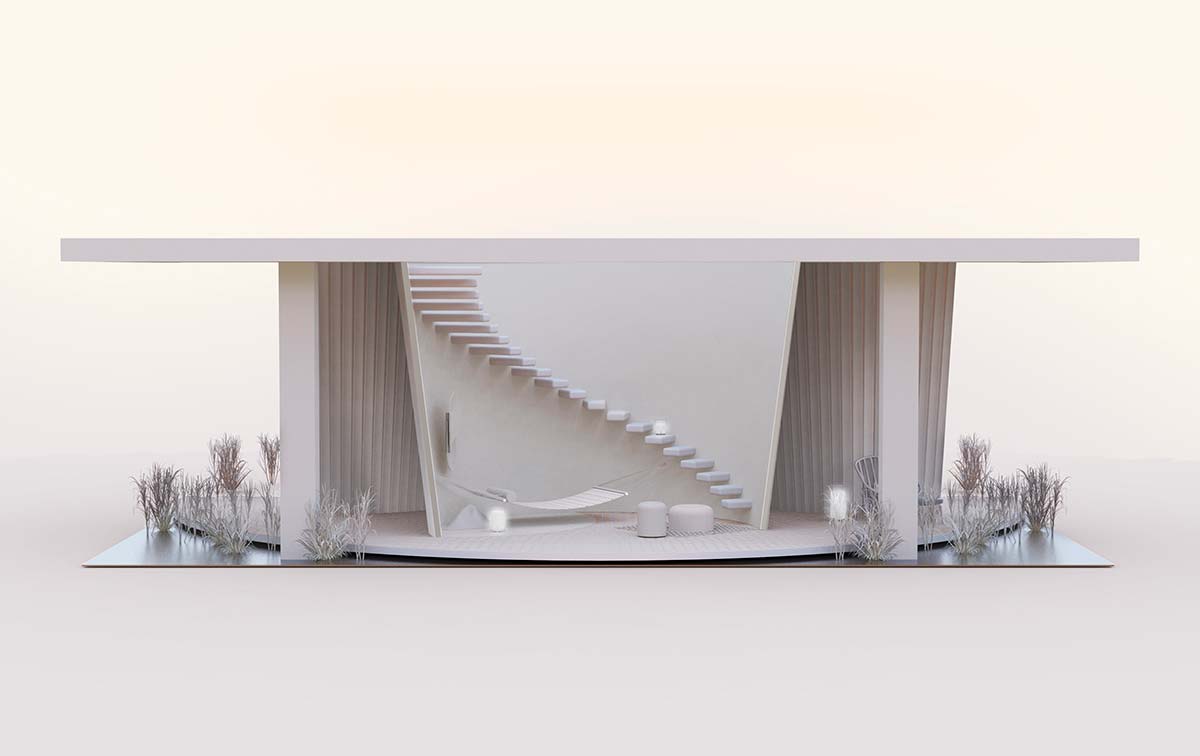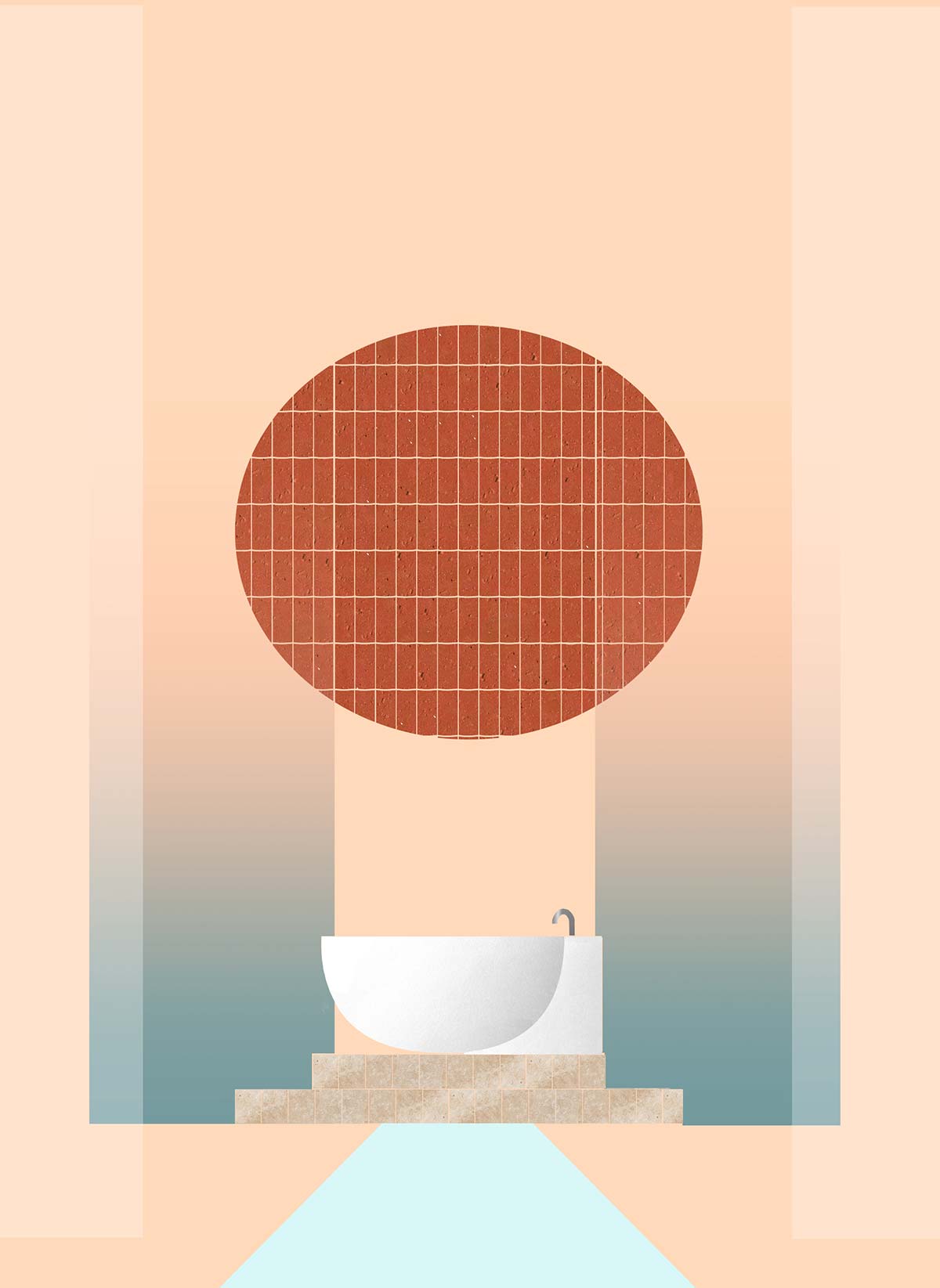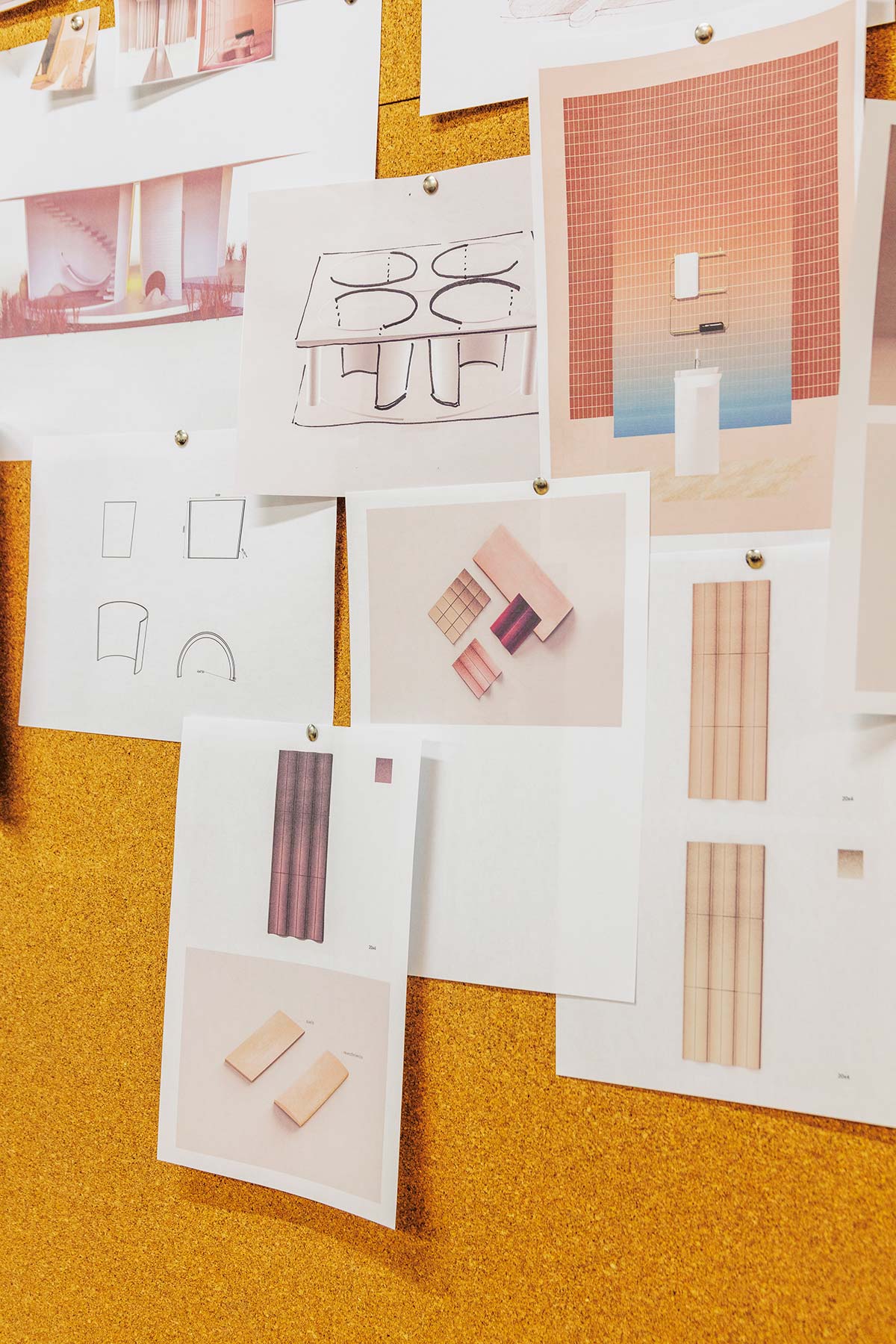“A LA FRESCA” – STEP OUT INTO THE FRESH AIR – IS THE NAME MUT DESIGN HAVE GIVEN TO THEIR INTERPRETATION OF IMM COLOGNE’S WALK-IN SIMULATED LIVING SPACE, DAS HAUS. THE STUDIO FOR PRODUCT DESIGN, GRAPHIC DESIGN AND ART DIRECTION FOUNDED BY ALBERTO SÁNCHEZ AND EDUARDO VILLALÓN IN VALENCIA IN 2010 IS ONE OF THE MOST SUCCESSFUL TEAMS IN THE “NEW WAVE” OF SPANISH DESIGN.THE CREATIVES PRESENT A VISIONARY LIVING CONCEPT IN WHICH THE INSIDE OF THE HOUSE IS TURNED TO FACE THE OUTSIDE. BY REMOVING THE BOUNDARIES BETWEEN THE INTERIOR ROOMS AND BETWEEN THE INTERNAL AND EXTERNAL SPACE, THE LIVING EXPERIENCE IS OPENED UP TO NATURE AND THE WORLD BEYOND. WE TALKED ABOUT IT WITH EDUARDO VILLALÓN

What is the philosophy of the studio and its approach to design?
“The MUTs” call this powerful characteristic of their work emotive design. Our style is quite easy to identify: it is simple, it is organic, with plenty of round, smooth shapes, it is fresh as the Mediterranean, it is connected to nature through raw materials such as wood, clay or rattan. All our designs stick to one principle: rethinking and giving new expression to daily objects. Bearing this in mind, I often draw inspiration from nature. I love organic shapes, the light of sunrise or that special feeling the evening breeze brings, raindrops in the window or the changing sea… but also the most common or unexpected things. Whatever small or insignificant, any object can trigger the creative process.


What is the ‘new wave’ of Spanish design? And how does your studio fit into this evolution?
In the past, when you heard about design in Spain, there were only two realities. Barcelona and Madrid but specially the first one. Although, little by little, the design scene has spread to other cities and to smaller structures like ours. Nowadays in Spain, we have a wide and less polarized range of design studios and the election of Valencia as the world capital of Design 2022 is a living proof of it. So far we have been working ten years from Spain and trying to mark a point on the design map.
What cultural heritage aspects you instilled in Das Haus 2020 project?
In this case we explored our traditions and the Mediterranean lifestyle. Many people know traditions like the siesta or the paella, but there is a tradition we love from our culture called ‘a la fresca’. In the summer nights, neighbours gather up in the street. They bring their own chairs and sit there to share time together, enjoying the night breeze, doing crafts or just chatting. The concept is born partly from this old habit of ours, but also from our traditional architecture. Looking at our past we find houses all over Spain with a common element: the patio. It is something we inherited from the Romans and the Arabs and it has been our main source of inspiration for the Das Haus project.


What final concept should express your Das Haus project?
Our house is structured around this patio, which is an outdoor space in the middle of the house. The patio brings in natural light and allows ventilation. Historically the patio was conceived as a social area in the middle of the house. It connected the rooms and distributed life. But our Das Haus projects redefines this concept in a revolutionary way.
What was once a social space, now is destined to individual activity. A place to take refuge, find peace and balance, restore harmony. The other rooms, or active areas, such as the cooking, resting and grooming, encircle the patio while opening to the landscape around. They are similar to terraces and porches bringing the outdoor into the indoor space and creating a fluid atmosphere.
This way the thin line between indoor and outdoor becomes blurred. Spectators will not be able to tell if they are looking at an indoor or an outdoor room. And that versatility, that confusion is what we pursue. We would also like to bring all the flavour of the Mediterranean into imm Cologne: its light, its warmth, its happiness. We want the visitor to enjoy the effects of natural light inside the exhibition area.
What role do materials and colors play?
Our Das Haus project value warm and subtle colors as natural material such as clay, encalado. The encalado is a traditional wall covering technique used in mediterranean architectures.










